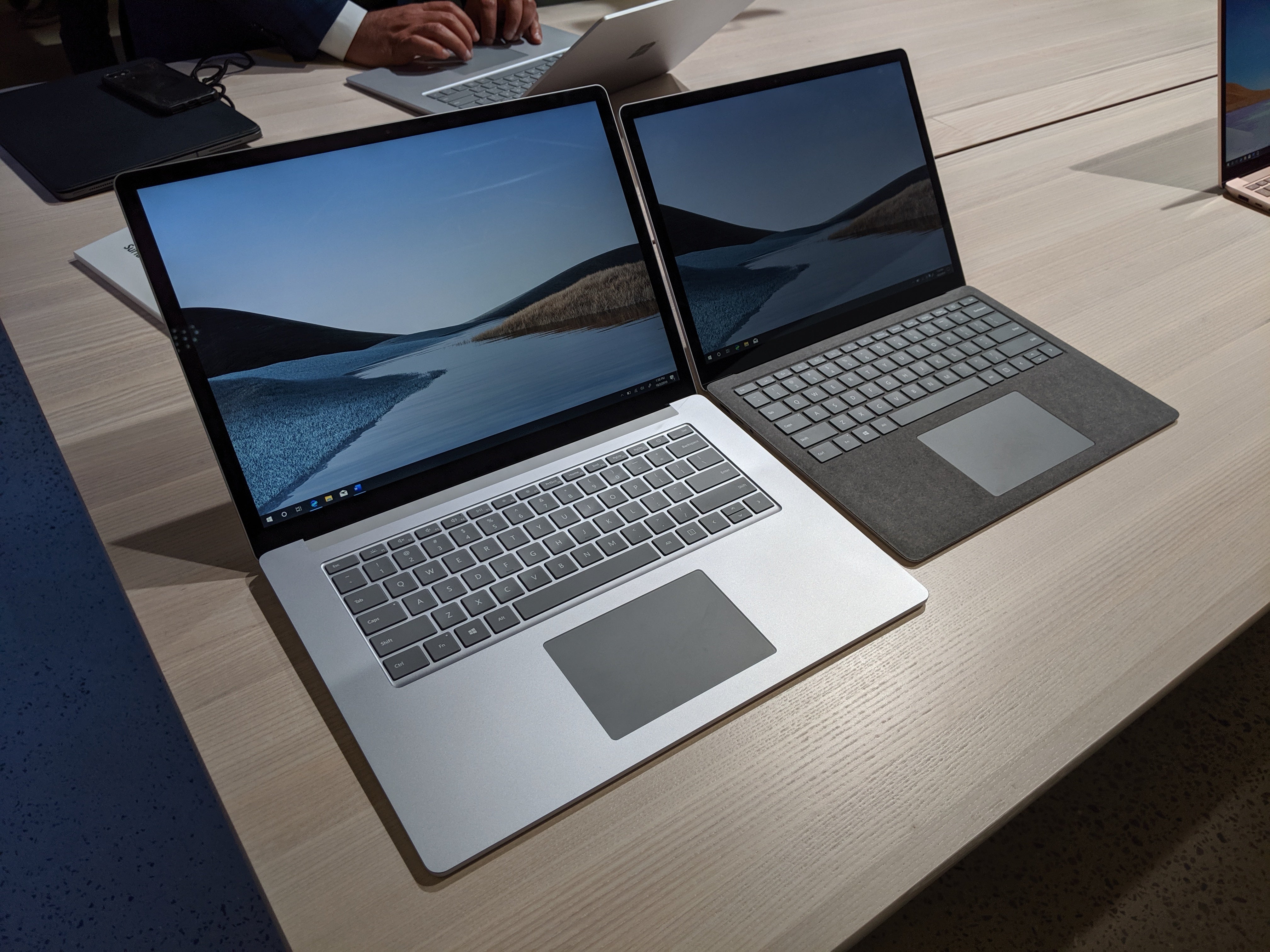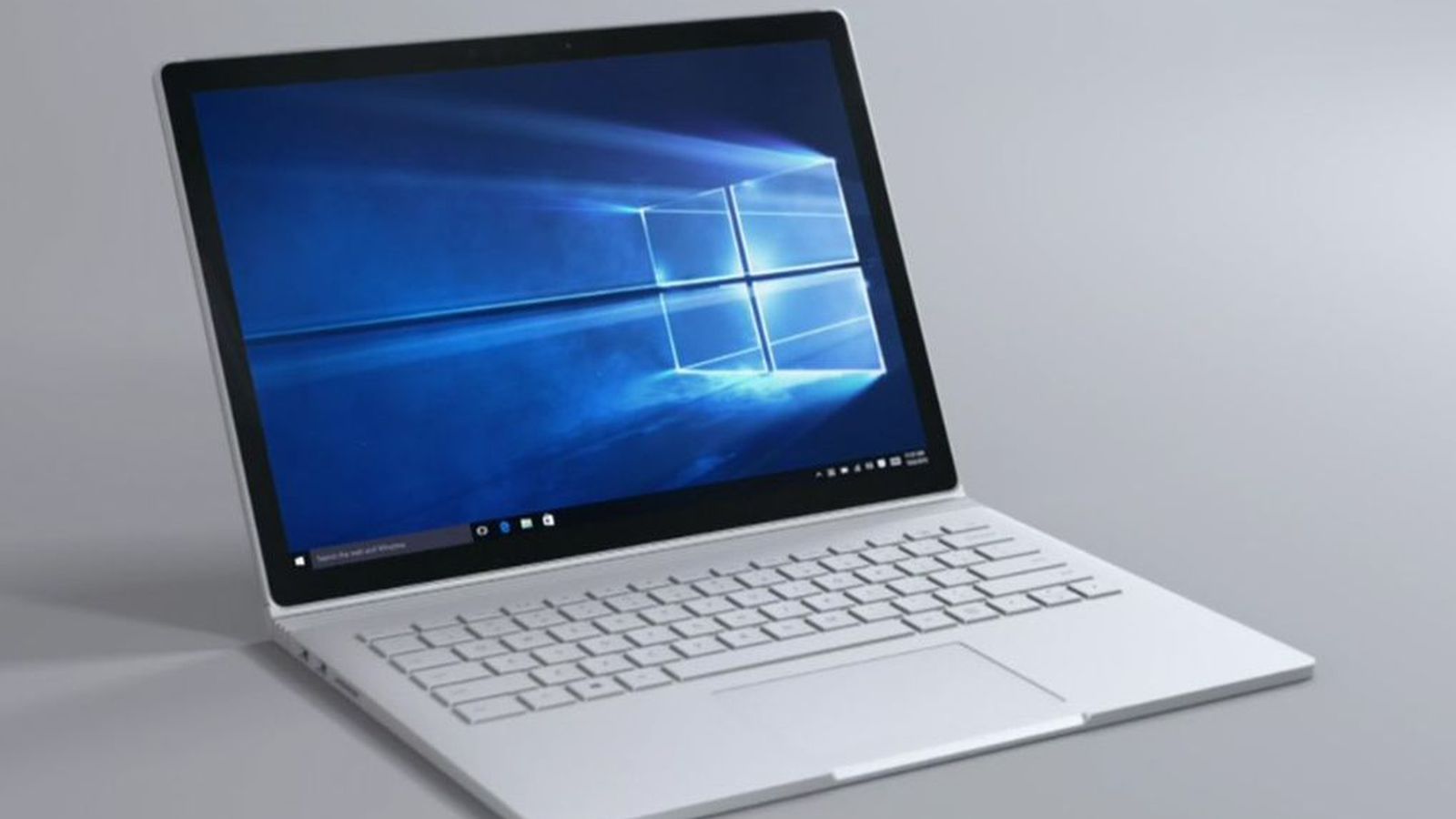

However, Apple targets a very niche category of content creation and a large chunk of content creation, like CAD and product design tools are left out of the question.

Most people buy Mac devices for their ability to create content, and Apple has made it clear that content creation is its target market. If there is one category that the MacBook excels at, it is content creation. 1 USB-C with USB 4.0/Thunderbolt 4, 1 USB-A 3.1, 3.5mm headphone jack, Surface Connect port.Two Thunderbolt 4 (TB4) ports, MagSafe charging port, 3.5mm headphone jack.

Apple M2 chip with 8-core CPU, 8-core GPU, 16-core Neural Engine.Below are the full specifications of both devices: Both devices are configured to have their highest respective processors and 16GB of memory, and 512GB of storage. Both systems are priced at around $1,699.99, but the Surface Laptop 5 is currently on sale for $1,399.99, saving $300. The Surface Laptop 5 and MacBook Air configurations have been chosen based on price and model. I believe all three categories are important to the target audience of these systems. I have split this comparison into three parts-Creativity, productivity, and gaming. The results are the average of those three runs. Both systems were also in the same room running the same test side-by-side, and each benchmark was run three times back-to-back. Both systems are run on AC and connected to their out-of-the-box charges rather than running on DC and using the battery. Both systems have default settings and are exactly how they came out of the box, except for sleep settings. Each benchmark has been chosen to express the capabilities of each device. Benchmarking is not my full-time job and is used to show each device's performance under specific parameters-whether that is API, GPU or CPU, etc. My goal with these benchmarks is for my testing and experience to be easily replicable with benchmarks that are easily accessible. Although I do not do a battery test and none of my benchmarks are on battery, I believe the Surface Laptop 5 has sufficient enough battery life to make a battery test unnecessary. The change in architecture should offer a better PPW, especially for these small, ultra-mobile form factors. In my comparison of the Zephyrus m16 and the Apple MacBook Pro, the Zephyrus m16 with an 11 th Gen Intel Core processor and NVIDIA graphics won out in raw performance but tanked in battery life. However, Intel has changed the architecture of its 12th Gen Intel Core processors to have performance (P-cores) and efficiency (E-cores) cores. Apple's silicon is more efficient and is based on a smaller node the M2 is based on "5nm" technology, while the 12 th Gen Core processor is based on Intel 7. I expect the Arm-based Apple Silicon to outperform the x86-based Intel Core processor and Intel Iris GPU benchmarks.

As I did with the other MacBook Air M2 comparison, I want to preface it with my expectations of the benchmarks and why I am comparing both systems.


 0 kommentar(er)
0 kommentar(er)
